Comprehensive Repair Guide for BMW X3 E83
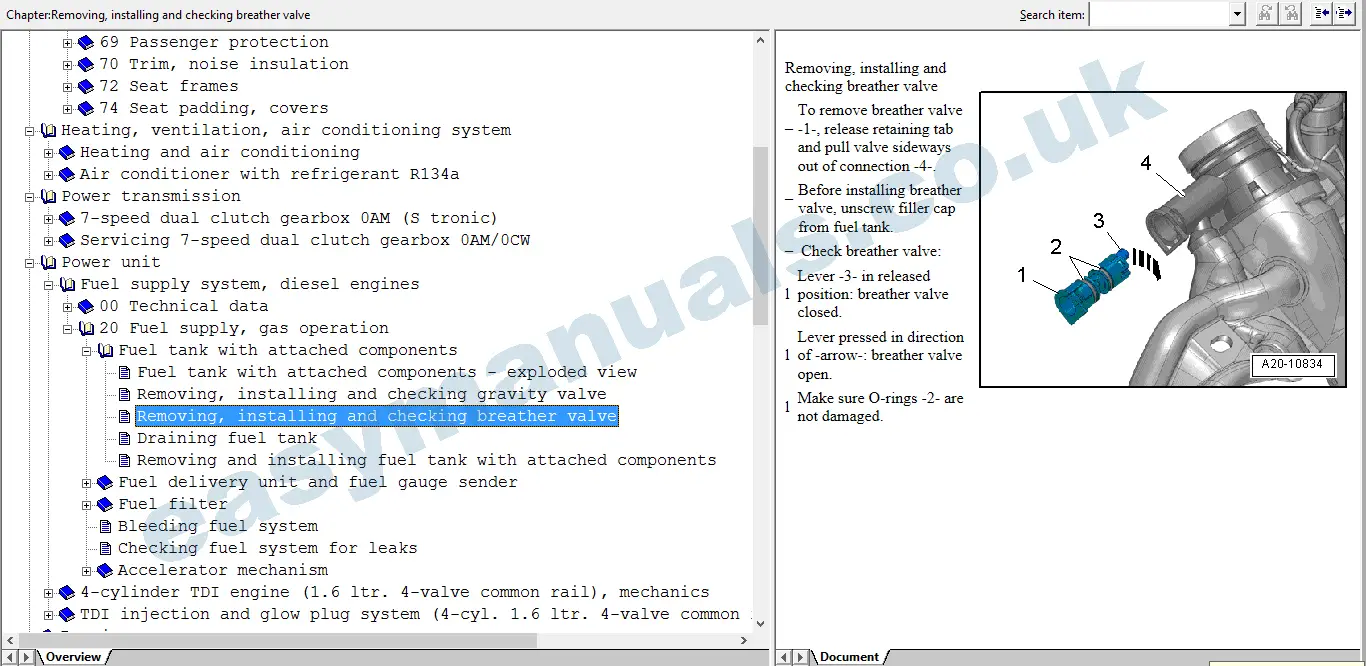
In the realm of automotive care, understanding the intricacies of your vehicle is essential for ensuring its longevity and performance. This resource serves as an invaluable tool for enthusiasts and everyday drivers alike, offering insights into the various aspects of upkeep and troubleshooting.
Equipped with practical advice and detailed instructions, this guide empowers you to tackle common issues, perform routine checks, and navigate through more complex repairs. With a focus on clarity and accessibility, it transforms daunting tasks into manageable projects.
Whether you are a seasoned mechanic or a curious novice, familiarizing yourself with your automobile’s systems and components will enhance your driving experience. Embrace the journey of maintenance, and discover the satisfaction that comes from knowing your vehicle inside and out.
Overview of BMW X3 E83
The compact luxury crossover SUV represents a blend of versatility and performance, appealing to a wide range of drivers. Known for its distinctive design and practicality, this vehicle provides an ideal balance between sporty handling and everyday usability.
Key Features
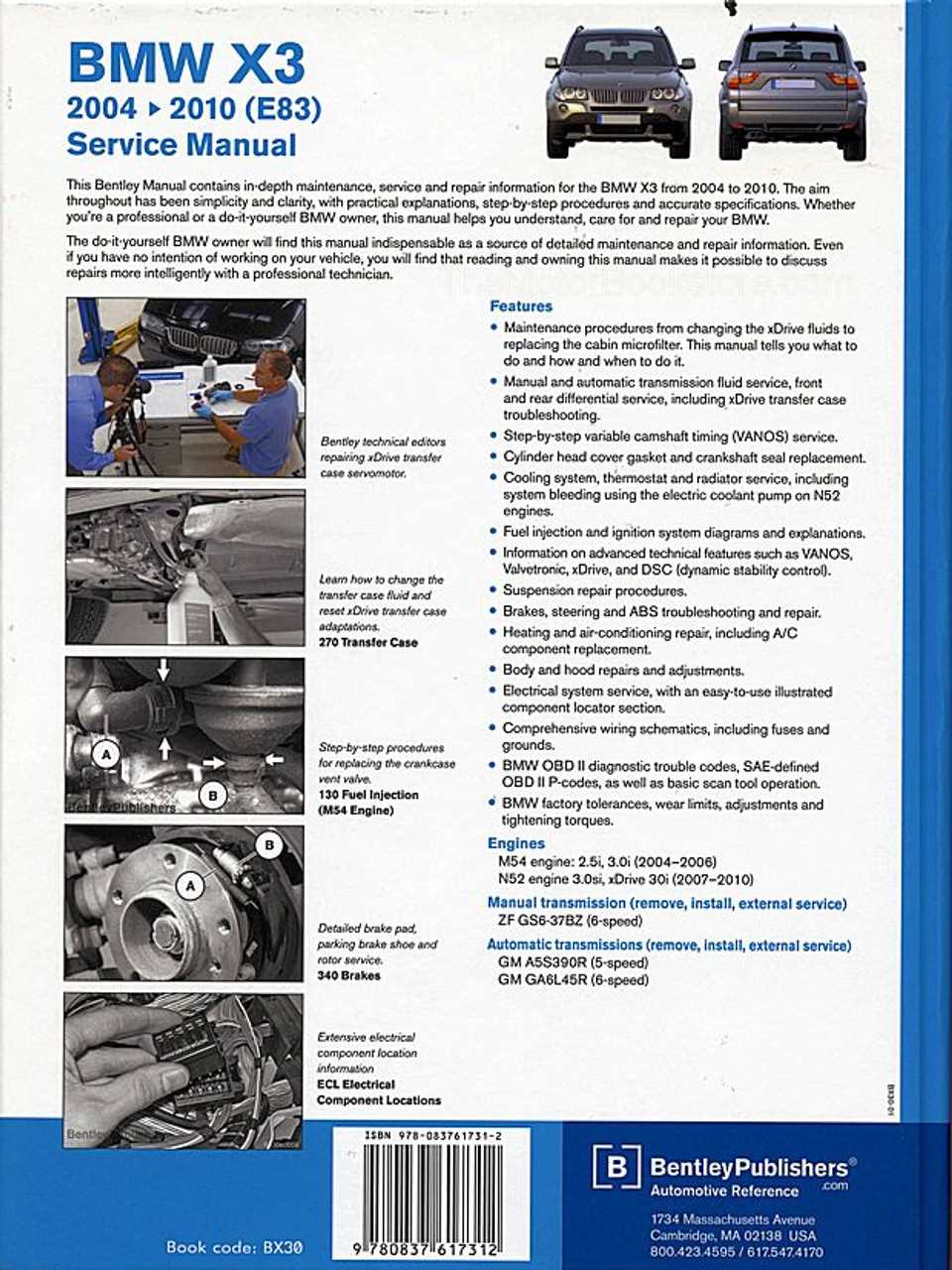
Designed with comfort and functionality in mind, this model boasts a spacious interior equipped with modern amenities. Safety is a priority, with advanced systems ensuring peace of mind for both driver and passengers.
Specifications
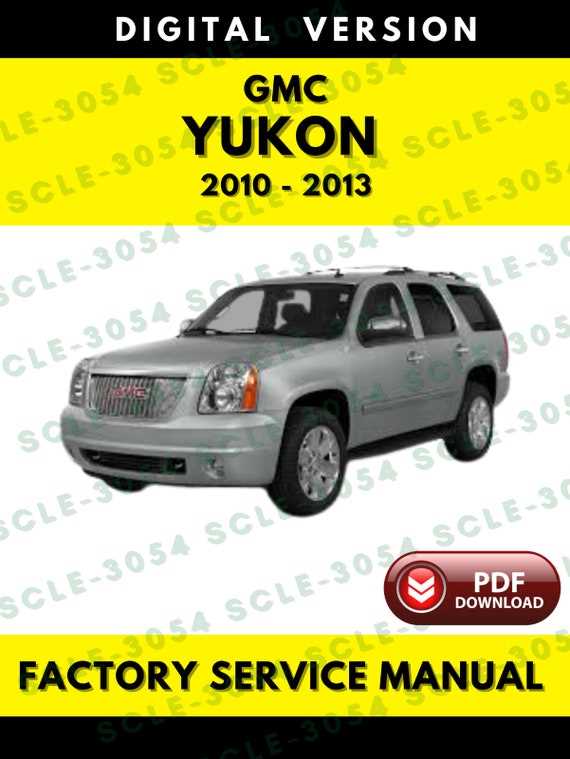
| Feature | Specification |
|---|---|
| Engine Options | 2.0L I4, 3.0L I6 |
| Transmission | 6-speed manual, 6-speed automatic |
| Drivetrain | AWD |
| Fuel Economy | 18-25 MPG |
| Towing Capacity | 3,500 lbs |
This model remains a strong contender in its category, appealing to those seeking both style and substance in their automotive choice.
Common Issues with BMW X3 E83
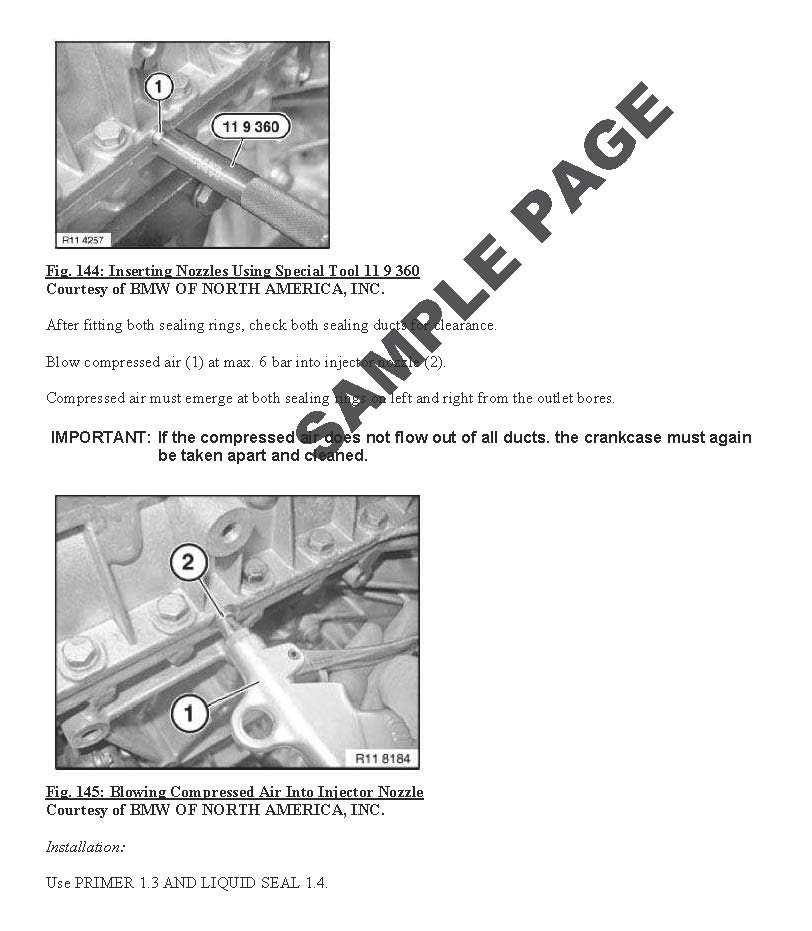
Vehicles from this series are known for certain recurrent problems that can affect performance and safety. Understanding these issues can help owners take preventative measures and seek timely solutions.
| Issue | Description |
|---|---|
| Cooling System Failures | Overheating can occur due to radiator leaks or water pump failures, leading to engine damage. |
| Transmission Problems | Shifting issues may arise from faulty sensors or low fluid levels, impacting drivability. |
| Electrical System Glitches | Malfunctions in the electrical system can cause warning lights to activate or features to fail. |
| Suspension Wear | Components may wear prematurely, resulting in a rough ride and decreased handling capabilities. |
| Fuel System Concerns | Fuel pump failures or injector issues can lead to poor performance and increased fuel consumption. |
Essential Tools for Repairs
When it comes to maintaining and fixing vehicles, having the right equipment at your disposal is crucial. This section highlights the fundamental implements that can make the process smoother and more efficient, ensuring that tasks are completed effectively and safely.
Socket Set: A comprehensive socket set is vital for loosening and tightening various fasteners. Different sizes and types allow for flexibility when working on different components.
Wrenches: Both adjustable and fixed wrenches are necessary for gripping and turning nuts and bolts. They provide the leverage needed for tasks that require extra force.
Jack and Jack Stands: Lifting the vehicle safely is essential for access to the undercarriage. A reliable jack, paired with sturdy stands, ensures stability during work.
Screwdrivers: A selection of flathead and Phillips screwdrivers is indispensable for accessing and removing covers and panels. Magnetic tips can enhance efficiency by holding screws securely.
Multimeter: For electrical diagnostics, a multimeter allows you to measure voltage, current, and resistance. This tool is essential for troubleshooting electrical issues.
Torque Wrench: Applying the correct amount of torque is critical for many components. A torque wrench ensures that fasteners are tightened to manufacturer specifications, preventing damage.
Having these essential tools on hand will empower you to tackle various maintenance tasks with confidence, promoting longevity and reliability in your vehicle’s performance.
Step-by-Step Maintenance Guide
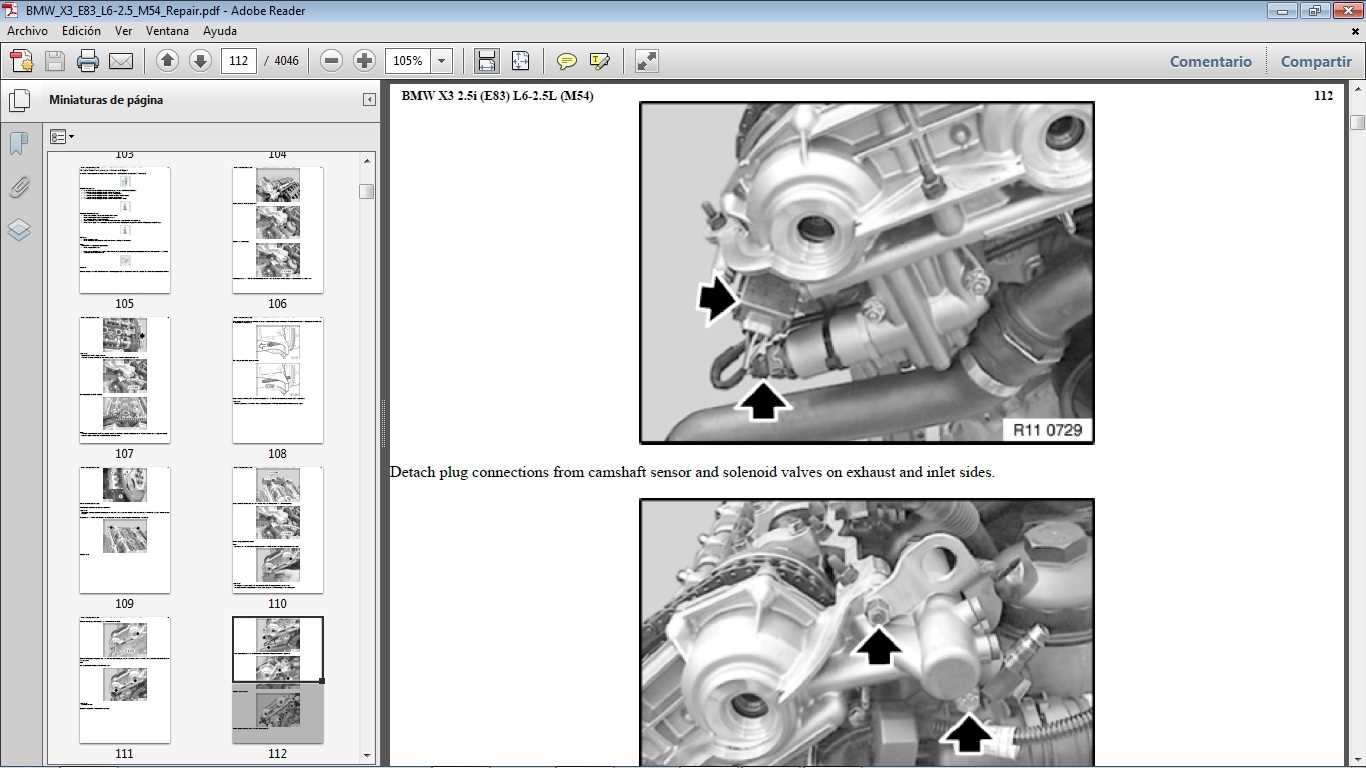
Proper upkeep of your vehicle is essential for ensuring its longevity and optimal performance. This guide provides a structured approach to routine tasks that every owner should undertake to maintain their automobile in peak condition. By following these steps, you can identify potential issues early and enhance the reliability of your ride.
Routine Checks
Begin with a thorough inspection of essential components. Regularly check the oil level, coolant, and brake fluid. Ensure that all lights function correctly and that tire pressure is within the recommended range. A simple visual examination can prevent minor problems from escalating into significant repairs.
Scheduled Maintenance Tasks
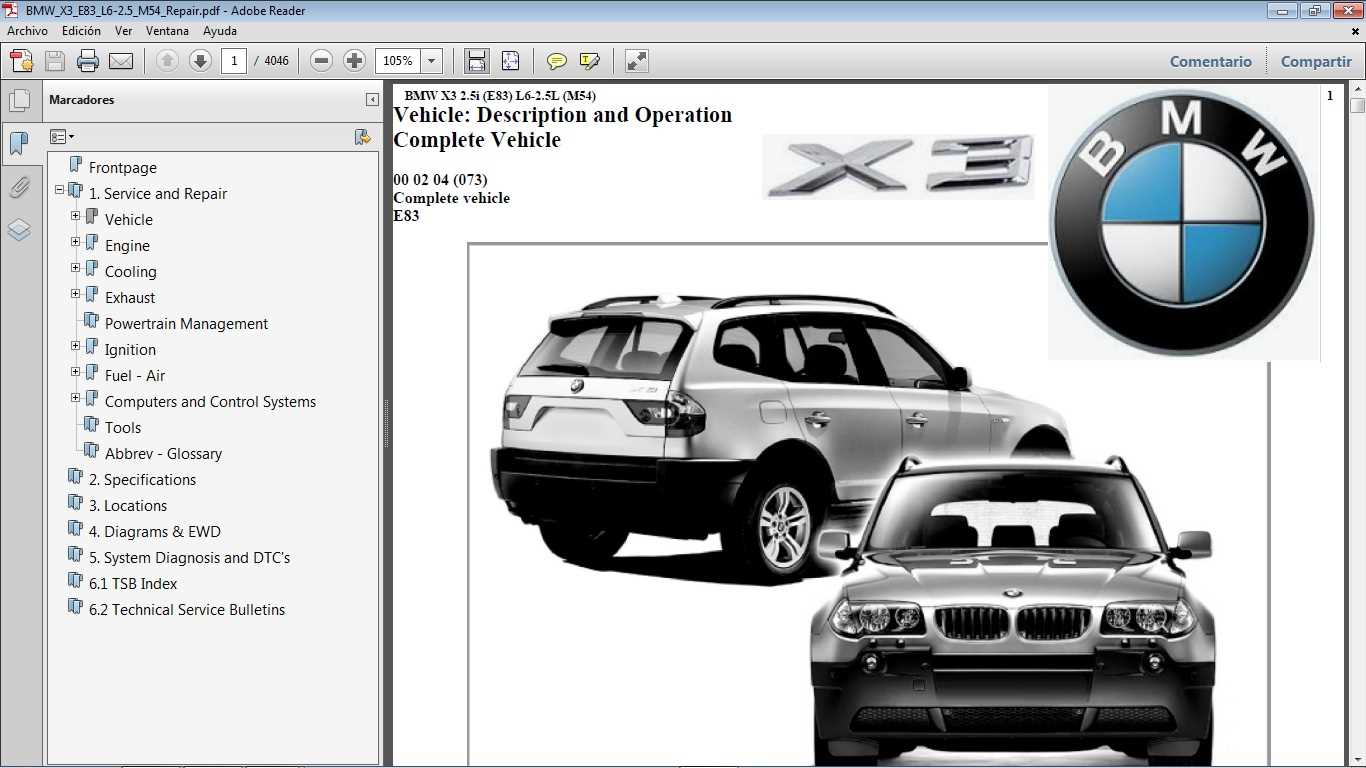
Adhere to the suggested intervals for changing filters, fluids, and spark plugs. Regularly replacing the air filter enhances engine efficiency, while timely oil changes help protect internal parts. Consult your vehicle’s specifications for details on timing and types of fluids required, ensuring compatibility and performance.
Engine Troubleshooting Techniques
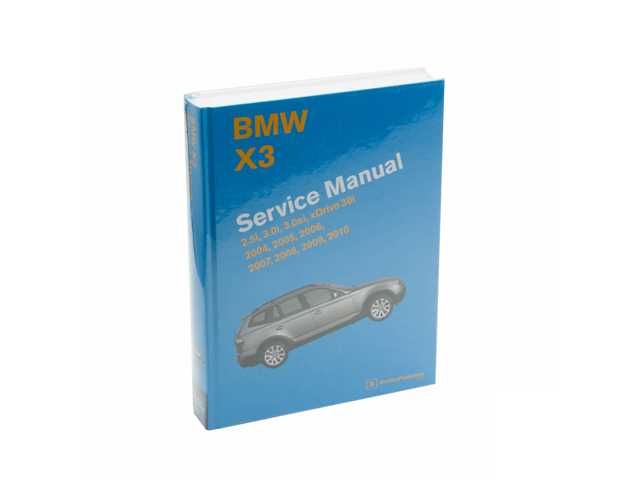
Diagnosing issues within an engine requires a systematic approach to identify underlying problems effectively. Understanding common symptoms and utilizing the right methods can significantly aid in pinpointing the source of malfunctions. This section outlines essential techniques that can help in troubleshooting engine performance issues.
Begin by observing the vehicle’s behavior. Listen for unusual noises, watch for warning lights on the dashboard, and note any changes in performance. These initial observations can guide further investigation. The following table summarizes common symptoms and their possible causes:
| Symptom | Possible Cause |
|---|---|
| Engine misfire | Faulty spark plugs, ignition coil issues, or fuel delivery problems |
| Overheating | Coolant leaks, thermostat failure, or radiator obstruction |
| Rough idle | Vacuum leaks, dirty fuel injectors, or timing issues |
| Excessive smoke | Oil leaks, worn piston rings, or faulty head gasket |
| Loss of power | Clogged air filter, exhaust restrictions, or fuel supply issues |
After identifying symptoms, use diagnostic tools such as OBD-II scanners to retrieve trouble codes, which can provide valuable insights into the issue. Additionally, performing visual inspections of key components, including belts, hoses, and electrical connections, can reveal potential problems. A methodical approach will lead to a more accurate diagnosis and effective resolution of engine-related challenges.
Transmission System Repair Tips
The transmission is a crucial component of any vehicle, ensuring smooth power delivery and optimal performance. Proper maintenance and timely interventions can significantly extend its lifespan and enhance driving experience. This section provides essential guidelines for troubleshooting and addressing common issues associated with the transmission system.
Regular Maintenance Checks
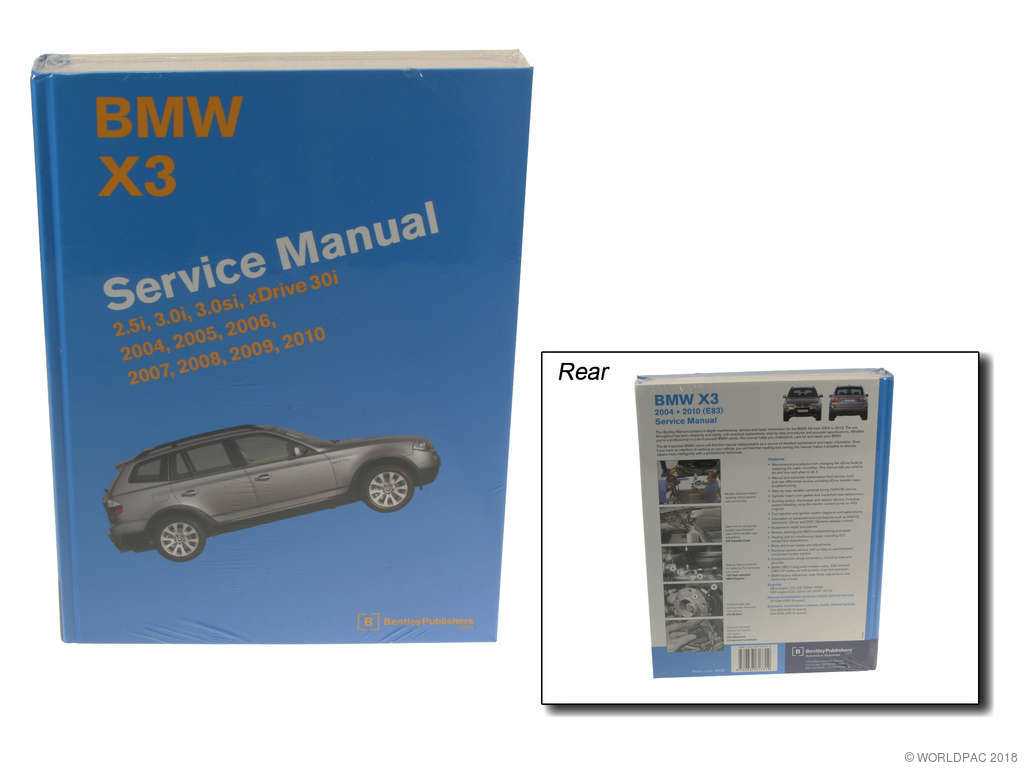
Conducting routine inspections is vital. Fluid levels should be checked frequently, as low or dirty fluid can lead to significant problems. Ensure that the transmission fluid is clean and at the appropriate level to prevent overheating and wear.
Troubleshooting Common Issues
When experiencing difficulties, listen for unusual sounds or notice changes in shifting patterns. Strange noises can indicate mechanical issues, while slipping gears may suggest problems with the clutch or internal components. Addressing these symptoms promptly can help avoid more extensive damage and costly repairs.
Suspension and Steering Adjustments
The proper alignment and tuning of the vehicle’s suspension and steering systems are crucial for optimal performance and safety. Ensuring these components are correctly adjusted not only enhances driving comfort but also improves handling and stability on various terrains.
Suspension adjustments involve calibrating elements such as shock absorbers, springs, and control arms. These adjustments are essential to maintain the vehicle’s height, reduce body roll during cornering, and provide a smooth ride. Regular checks can prevent uneven tire wear and extend the lifespan of these components.
On the other hand, steering adjustments focus on the alignment of the steering system, including the steering rack and tie rods. Proper alignment ensures that the vehicle tracks straight and responds accurately to driver inputs. Any misalignment can lead to increased tire wear, reduced fuel efficiency, and compromised safety.
Routine inspections of both systems, along with timely adjustments, are necessary to preserve vehicle integrity. It is advisable to consult with a professional to achieve the best results and maintain peak performance.
Electrical System Diagnostics

Effective troubleshooting of the electrical network in vehicles is crucial for maintaining optimal performance. This process involves systematic evaluations and tests to identify issues within the circuitry and components. By understanding the underlying principles, one can achieve a thorough analysis and ensure all electrical systems function properly.
Common Issues and Symptoms
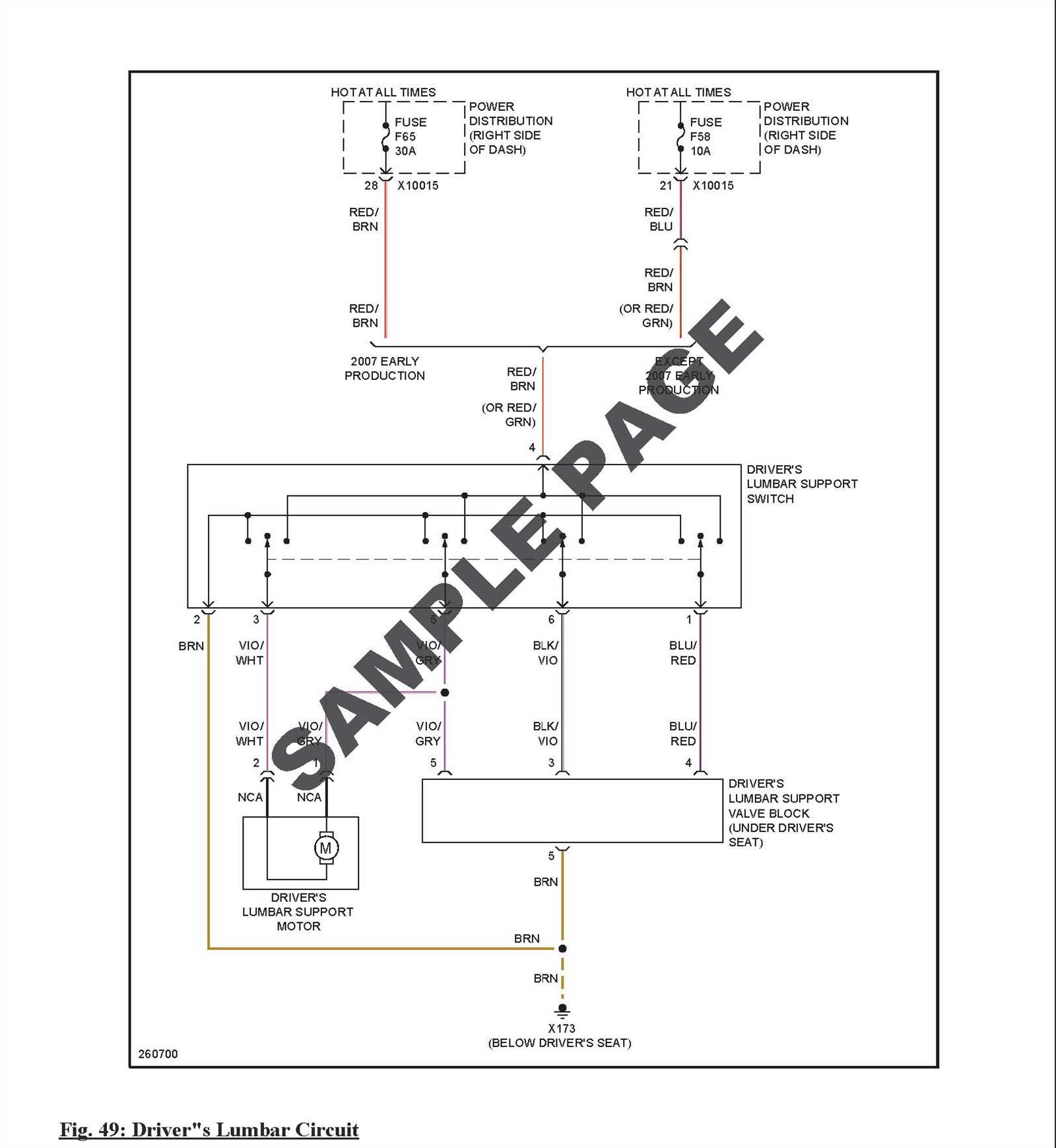
Various problems can manifest within the electrical system, leading to performance irregularities. Battery failures, faulty alternators, and short circuits are frequent culprits. Symptoms may include flickering lights, difficulty starting, or malfunctioning accessories. Recognizing these signs is the first step in effective diagnostics.
Diagnostic Tools and Techniques
Utilizing specialized equipment such as multimeters and scan tools enhances the diagnostic process. These tools allow for precise measurements and readings of voltage, resistance, and continuity. Delving into the intricacies of wiring diagrams can further aid in identifying problematic areas, ultimately leading to effective solutions.
Brake System Maintenance Procedures
Ensuring the optimal performance of the braking system is essential for safe vehicle operation. Regular upkeep not only enhances safety but also prolongs the lifespan of components. Proper maintenance practices involve inspecting, cleaning, and replacing parts as necessary to maintain functionality.
1. Inspection of Brake Components
Routine checks should include an examination of brake pads, rotors, and calipers. Look for signs of wear, such as thinning pads or uneven rotor surfaces. Any unusual noises during braking may indicate a need for further investigation.
2. Brake Fluid Replacement
Brake fluid absorbs moisture over time, which can lead to decreased braking performance. It is advisable to replace the fluid according to the manufacturer’s recommendations, typically every 2 to 3 years. Always use the specified type of fluid to ensure compatibility.
3. Cleaning Brake Components
Debris and dust can accumulate on braking surfaces, affecting performance. Use a suitable cleaner to remove buildup from the pads and rotors. Ensure that no residues are left that could compromise braking efficiency.
4. Replacement of Worn Parts
If any components show significant wear or damage, they should be replaced promptly. It’s crucial to use quality parts that meet or exceed original specifications to maintain system integrity.
5. Testing After Maintenance
After completing maintenance procedures, perform a test drive in a safe area to ensure the braking system operates correctly. Listen for any unusual sounds and monitor the responsiveness of the brakes.
Regular maintenance of the braking system is vital for ensuring the safety and reliability of the vehicle. Adhering to these procedures will help keep the braking system in optimal condition.
Cooling System Repair Essentials
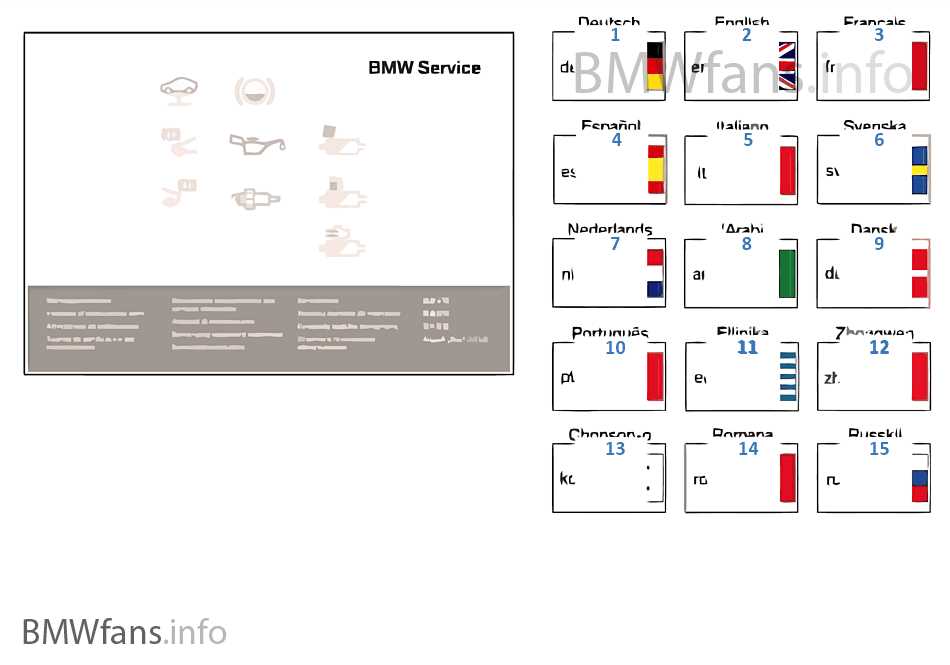
Maintaining an efficient cooling mechanism is vital for the longevity and performance of any vehicle. This system ensures that the engine operates within optimal temperature ranges, preventing overheating and related damages. Understanding the fundamental components and their functions can greatly assist in identifying issues and implementing solutions effectively.
Key components of the cooling mechanism include the radiator, water pump, thermostat, and various hoses. Regular inspection and maintenance of these parts are crucial to avoid costly breakdowns and ensure smooth operation.
| Component | Function | Common Issues |
|---|---|---|
| Radiator | Dissipates heat from the coolant | Leaks, clogs, or corrosion |
| Water Pump | Circulates coolant throughout the system | Worn bearings, leaks, or failures |
| Thermostat | Regulates coolant flow based on temperature | Stuck open or closed |
| Hoses | Transport coolant to and from components | Cracks, bulges, or leaks |
Proactive checks can prevent many common problems. It is advisable to monitor fluid levels regularly, look for leaks, and inspect components for wear and tear. When addressing issues, ensure to use high-quality parts and follow appropriate procedures for replacement and maintenance.
Body and Interior Upkeep
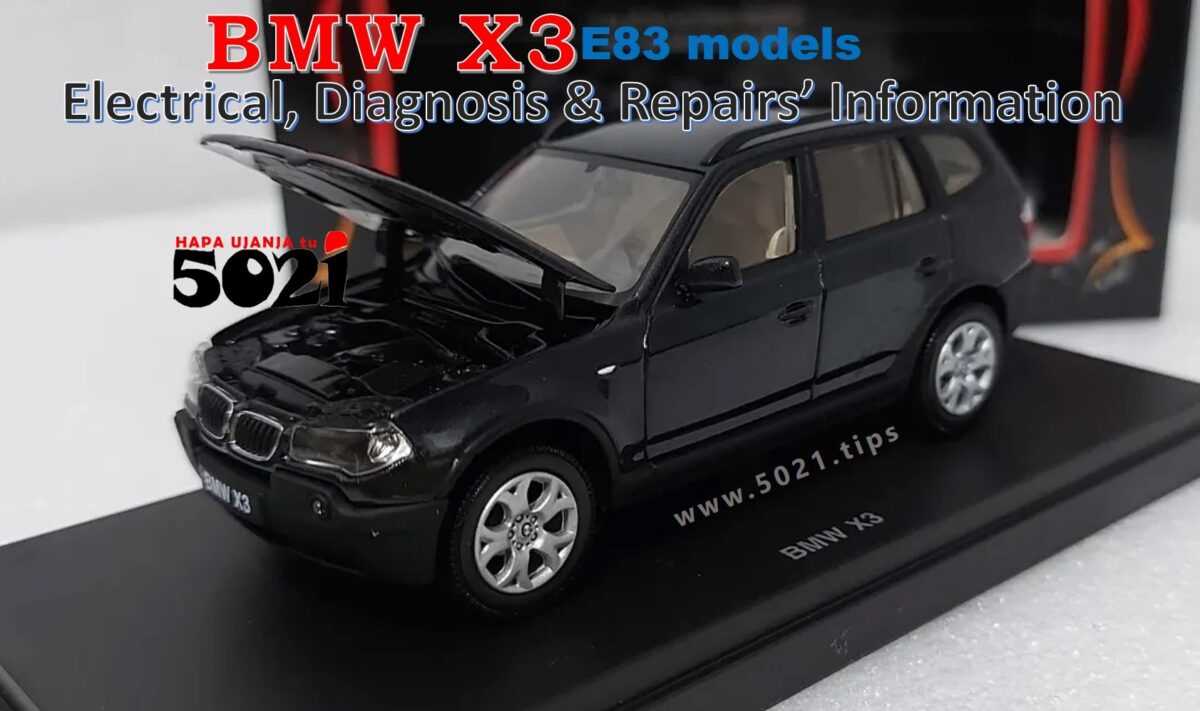
Maintaining the exterior and interior of your vehicle is crucial for preserving its aesthetic appeal and functionality. Regular care not only enhances the overall appearance but also contributes to longevity and comfort. This section highlights essential practices for ensuring your automobile remains in excellent condition over time.
Exterior Care
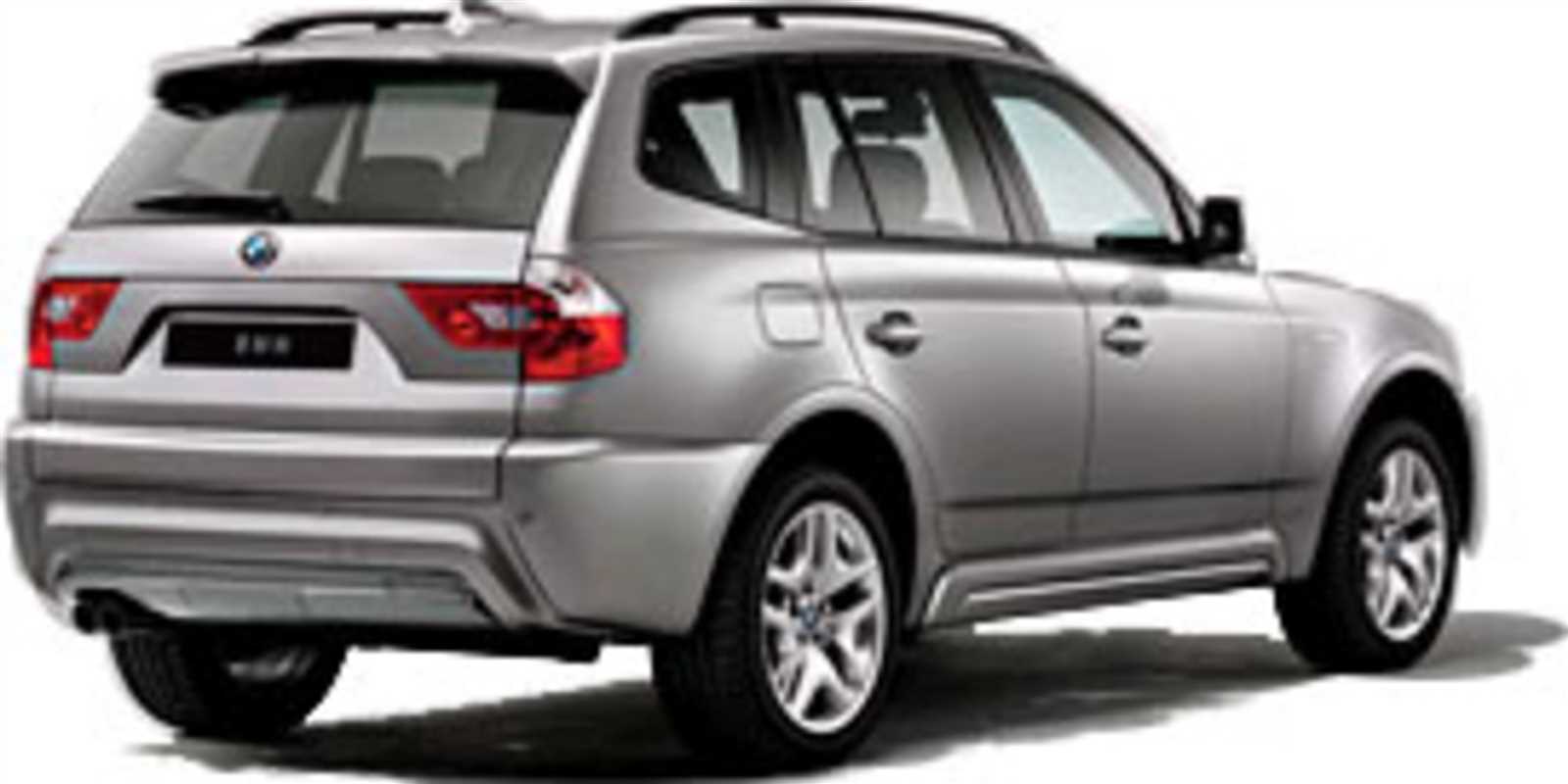
The outer surface of your automobile is constantly exposed to various environmental factors. To protect it, washing regularly with suitable products helps remove dirt and grime. Consider applying a quality wax to shield the paint and add a brilliant shine. Additionally, inspect for any scratches or chips in the paint, as early touch-ups can prevent further damage and rust.
Interior Maintenance
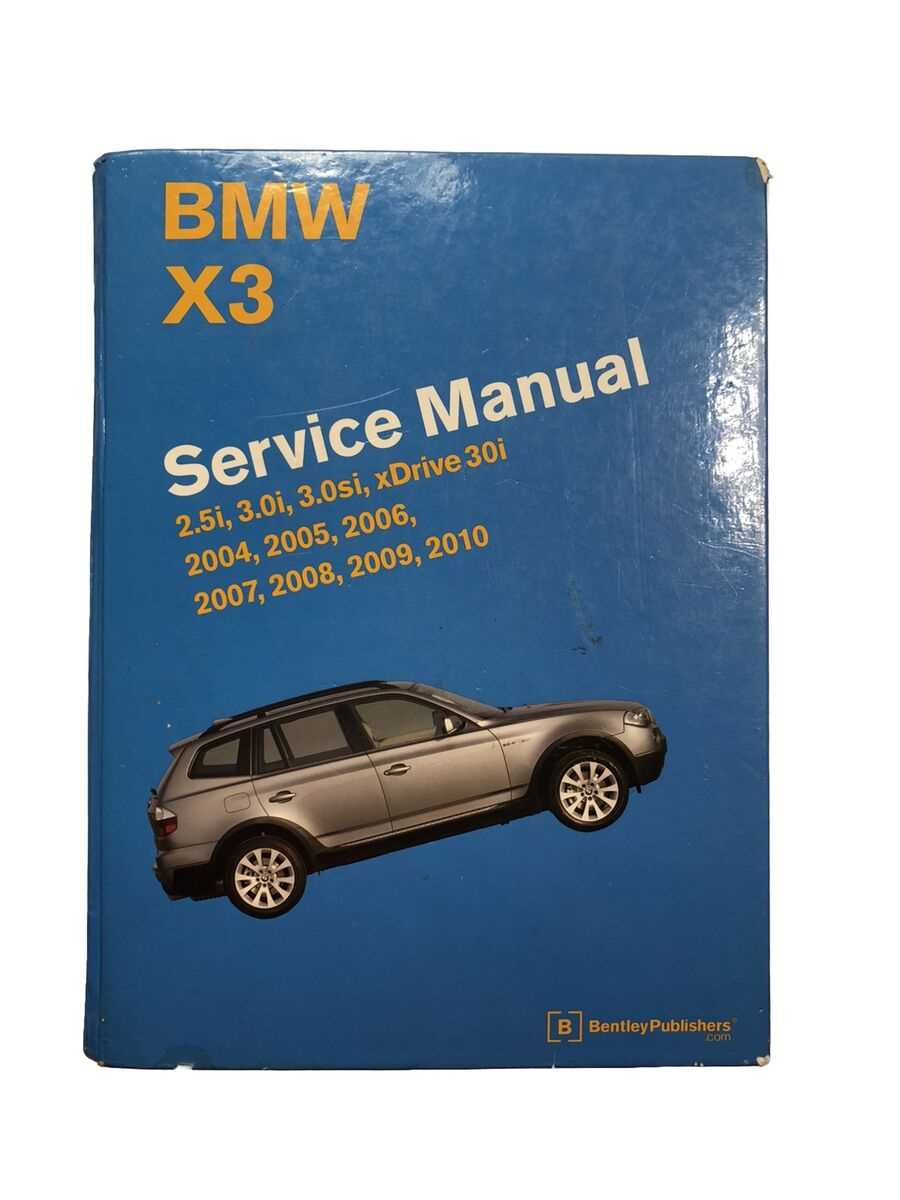
Keeping the inside of your vehicle clean and comfortable is equally important. Regularly vacuuming seats and carpets removes debris and prevents wear. Using appropriate cleaning agents for surfaces like leather or fabric can help maintain their texture and appearance. Furthermore, consider conditioning materials periodically to prevent cracking and fading. Ensuring all electronic systems and controls are functioning properly adds to the overall driving experience.
Upgrading Components for Performance
Enhancing the capabilities of your vehicle often involves a thoughtful approach to modifying various parts. By selecting high-quality upgrades, you can significantly improve handling, acceleration, and overall driving experience. This section will explore key components that can be enhanced for better performance.
Engine Modifications: One of the most impactful upgrades involves the powertrain. Consider installing a high-performance air intake system, which allows for better airflow, or a performance exhaust that reduces back pressure, enhancing engine efficiency. Tuning the engine control unit (ECU) can also optimize fuel maps and improve throttle response.
Suspension Enhancements: Upgrading the suspension is essential for improved stability and handling. Consider performance shock absorbers and springs that lower the ride height, reducing body roll during cornering. Upgraded sway bars can further enhance the vehicle’s responsiveness and cornering grip.
Brake System Improvements: To handle increased power and speed, enhancing the braking system is crucial. Upgrading to larger rotors and performance brake pads can significantly reduce stopping distances. Stainless steel brake lines can improve pedal feel and consistency during aggressive driving.
Tire and Wheel Upgrades: The right tires and wheels can transform the driving dynamics. Opt for wider, performance-oriented tires that provide better grip. Lightweight alloy wheels can reduce unsprung weight, improving handling and acceleration while adding a sporty aesthetic.
By carefully selecting and upgrading these components, you can create a more exhilarating driving experience while ensuring reliability and performance on the road.
Finding Genuine Parts for Repairs
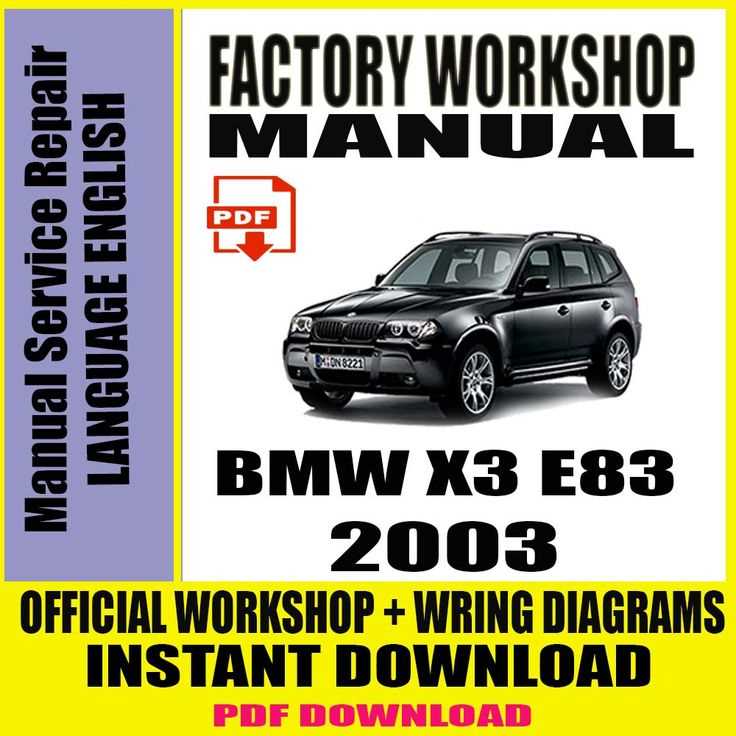
When it comes to maintaining the longevity and performance of your vehicle, sourcing authentic components is crucial. These original elements ensure compatibility and reliability, helping to avoid issues that can arise from inferior alternatives. Understanding where to find these genuine parts can save time, money, and potential headaches down the road.
There are several avenues to explore when looking for authentic components:
| Source | Description |
|---|---|
| Authorized Dealers | Official dealerships offer a wide range of original parts, often with warranty protection. |
| Specialized Retailers | Many retailers focus on genuine automotive components and may provide additional expertise. |
| Online Marketplaces | Websites dedicated to automotive parts can provide a vast selection, but ensure to verify authenticity. |
| Automotive Forums | Engaging with communities can lead to recommendations for reliable sources and advice on purchasing. |
Regardless of the source, always verify the authenticity of the parts you intend to purchase. This diligence will help ensure your vehicle remains in optimal condition and can enhance its overall performance and safety.